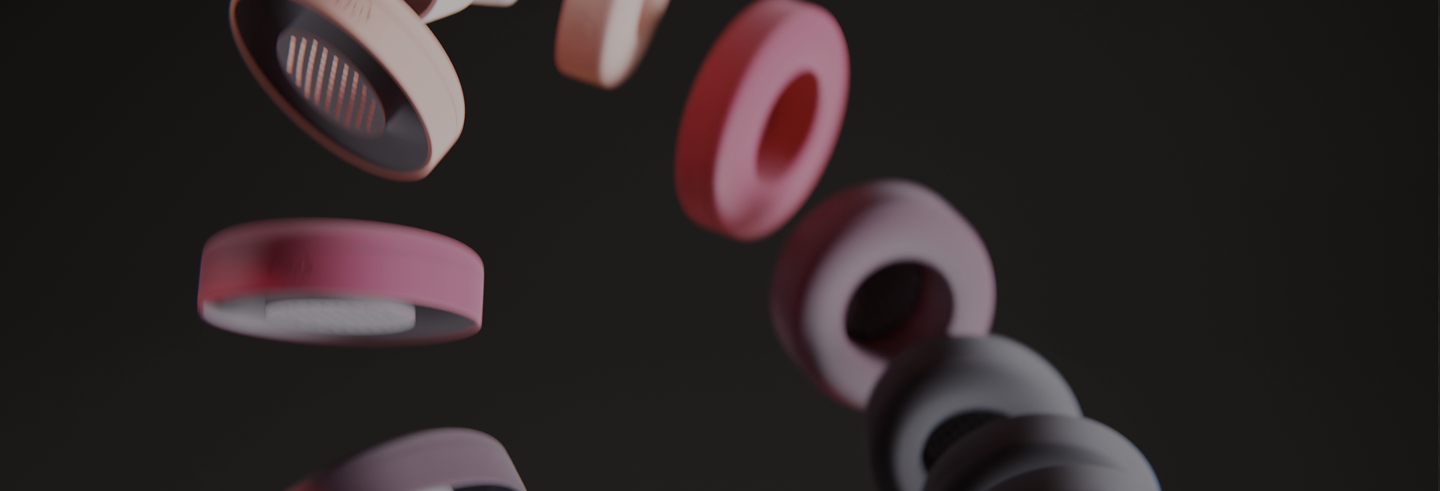What Actually Makes a Quality Headset
Any audiophile will tell you that a high quality headset makes all the difference when you’re listening to music. But unless you’re an expert, how do you know how to recognize quality when you see it?
Shopping for quality headphones can be daunting because, of course, many brands are going to swear what they’re selling you is high end. And without the background info to ask the right questions, how will you know whether or not they’re telling the truth? In this article, we’ll talk about a few of the key aspects of what actually makes a quality headset.
Sound
Quality sound comes down to the speakers and the headphone cushions. Different headphones will be capable of handling different ranges of sound frequency so you need to think about the kind of music you’ll be listening to and look for headphones built to deal with that range of frequencies.

In general, rock and pop need headphones with good high and middle frequencies while hip hop, rap, and electronic music need headphones with good low frequencies and to some extent, middle frequencies.
A rule of thumb you can have in mind when perusing the spec sheet for a set of headphones is that a larger driver means better sound quality. This is especially true for lower frequencies (bass). Bass needs a lot of space in order to get the full experience so tiny drivers are not going to be able to do a decent job.
Comfort
For maximum comfort, you need quality cushions. Quality cushions are those that have enough padding and use a quality material for that padding. They are also designed in a shape that allows the cushion to grip to your head without pinching down on your ear and making you uncomfortable.

We recommend looking for cushions with memory foam padding. This perfectly forms to your ear to create a custom fit that securely grips your head while providing total comfort. That memory foam should be coated in a good material like protein leather or velour.
Protein leather contributes to better sound isolation but velour is generally considered to be a little more comfortable. You’ll have to decide how you want to handle that tradeoff based on your own priorities.
Durability
No matter how well you care for your headphones, you want something that’s durable enough to withstand regular usage. This is especially true of professionals (like DJs) who will be using their headphones very often.

Durability requires high quality materials and careful craftsmanship. Look for headphones with a sturdy, solid build. You can generally feel the quality of the manufacture when you hold them but you should also look to see what kind of materials are used. You want to see:
- Quality foam (like memory foam) in the cushions.
- Strong, lightweight metals (like ferrite, graphene or neodymium) for the speakers.
- Solid plastic for the casing and frame.
Cheaper models use flimsy foam, thin plastics, and cheap metals (like iron) for the speakers which make for poor sound quality and an overall weak headset that will probably end up breaking after a few months—especially if you are using them on a regular basis.
Sound Isolation
Sound isolation refers to the ability of the headphones to block out noise from outside. This is different from noise cancellation which actually requires special technology that actively cancels out noise.

Sound isolation is made possible by use of quality materials that help to create a sort of seal that keeps your music inside and all the other noises outside. No headphone can provide 100% isolation but well-designed cushions made with quality materials can go a long way.
For the best sound isolation, you need headphones that stay firmly in place while you wear them. If they slide around easily, it won’t be able to form a secure barrier to block out the outside noise.
Features
Extra features, especially those that require special technology, are fantastic. But what you have to watch out for are low end headphones advertising high end features. Noise cancellation tech, for example, is not cheap and it’s also not easy to implement.

Cheaper headphones that advertise noise cancellation will often have subpar tech or the noise cancellation feature will not work all of the time. It’s a similar story for wireless. Wireless headphones can be super convenient.
However, unless you pay for the high end models, you’ll likely end up dealing with lower sound quality and an annoyingly short battery life.
All this is to say that high quality headphones tend to come with some very great features that make the experience that much better. However, cheap headphones that advertise high end features should be regarded with suspicion.
The price should match the expense and challenge of incorporating those features and they should not be added at the expense of the other aspects that make a quality headset.
Final Word
High quality in headsets means a great listening experience that delivers crisp, clear sound, blocks out interfering noise, and keeps you comfortable. It’s also about having a set of headphones that is built to last so that you can enjoy that great listening experience for years to come.
Now that you know what sort of aspects go into high quality headsets, you can decode the specs on any headset and actually know what they are saying about the quality of that model!
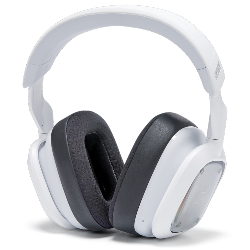 A30
A30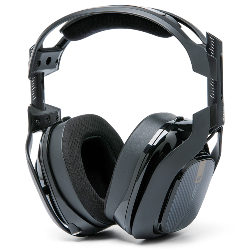 A40 TR
A40 TR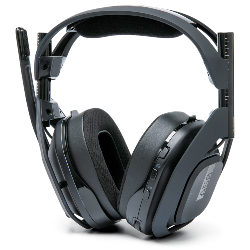 A50 Gen 4, 5, A50X
A50 Gen 4, 5, A50X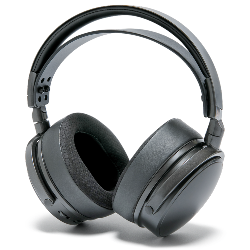 Maxwell
Maxwell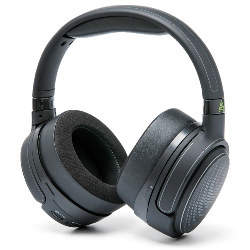 Penrose & Mobius
Penrose & Mobius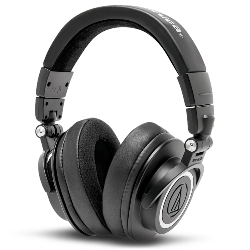 M Series
M Series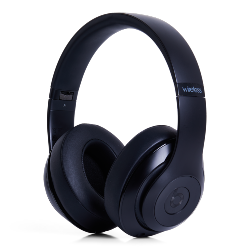 Beats Studio
Beats Studio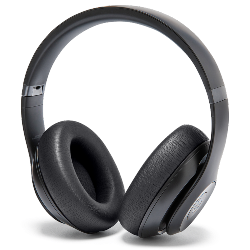 Beats Studio Pro
Beats Studio Pro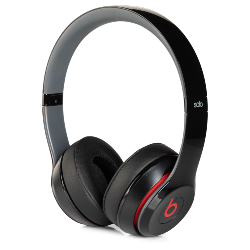 Beats Solo 2 & 3
Beats Solo 2 & 3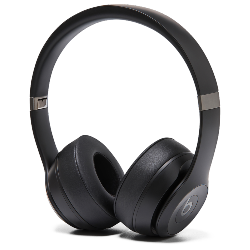 Beats Solo 4
Beats Solo 4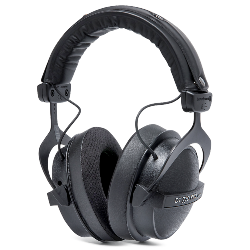 DT Series
DT Series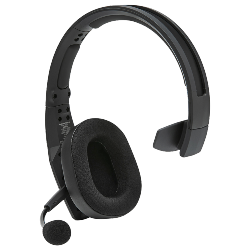 B450
B450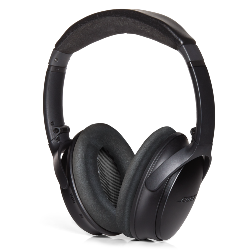 Bose QC 35, 35ii, 25, 15, & More
Bose QC 35, 35ii, 25, 15, & More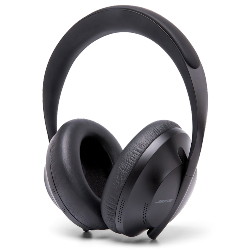 Bose 700
Bose 700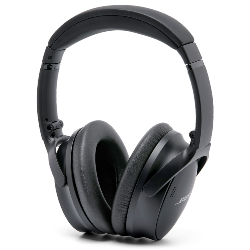 Bose QC 45 & QC 2023
Bose QC 45 & QC 2023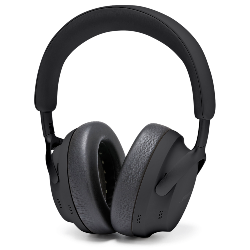 Bose QC Ultra Gen 1 & Gen 2
Bose QC Ultra Gen 1 & Gen 2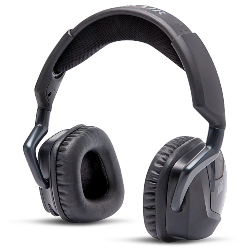 Void Pro
Void Pro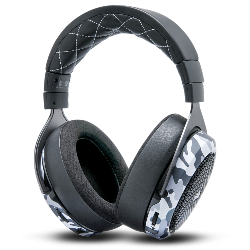 HS 50, 60, and 70
HS 50, 60, and 70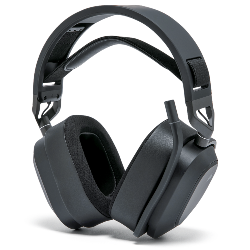 HS 80
HS 80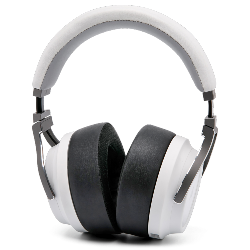 Virtuoso RGB Wireless
Virtuoso RGB Wireless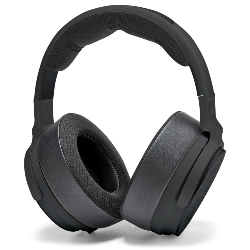 Virtuoso Pro
Virtuoso Pro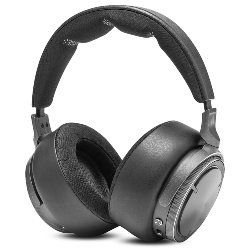 Virtuoso Max
Virtuoso Max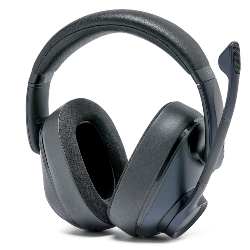 H6 Pro
H6 Pro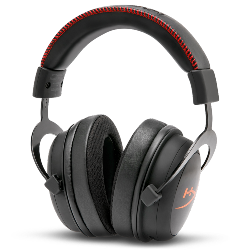 Cloud Models
Cloud Models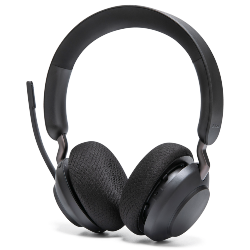 Evolve2 65
Evolve2 65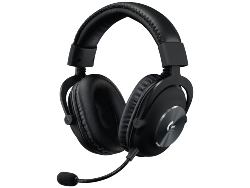 G Pro X Series
G Pro X Series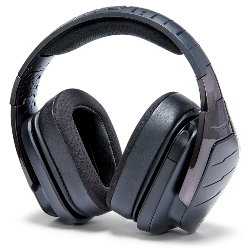 G933, 935, & More
G933, 935, & More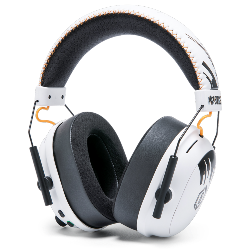 Blackshark V2 Pro (Pre 2023)
Blackshark V2 Pro (Pre 2023)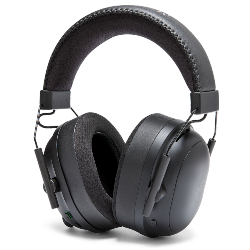 Blackshark V2 Pro 2023
Blackshark V2 Pro 2023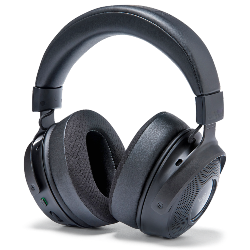 Kraken V3 Pro
Kraken V3 Pro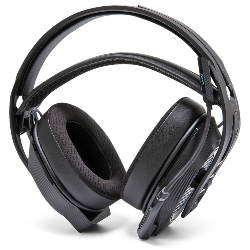 600, 800, & 900 Series
600, 800, & 900 Series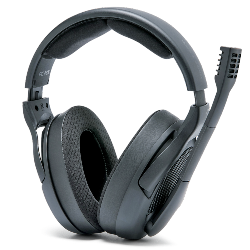 PC38X & More
PC38X & More HD Series
HD Series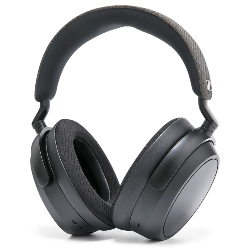 Momentum 4 & HDB 630
Momentum 4 & HDB 630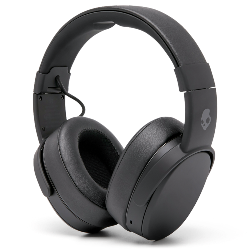 Crusher
Crusher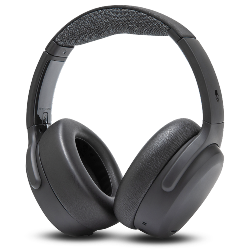 Crusher ANC2
Crusher ANC2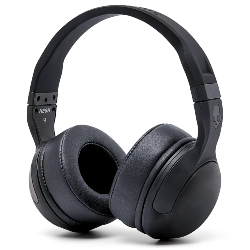 Hesh 2
Hesh 2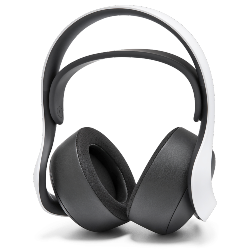 PS5 Pulse Elite
PS5 Pulse Elite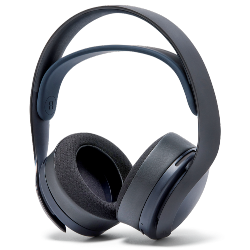 PS5 Pulse 3D
PS5 Pulse 3D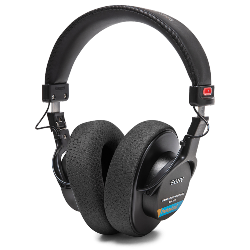 MDR 7506, CD900ST, & V6
MDR 7506, CD900ST, & V6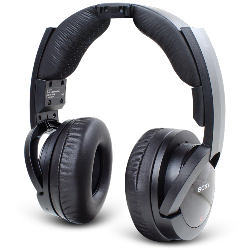 MDR-RF Models
MDR-RF Models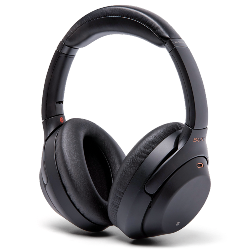 WH1000XM3
WH1000XM3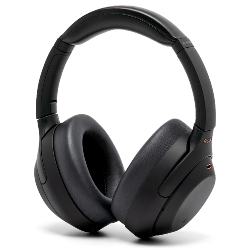 WH1000XM4
WH1000XM4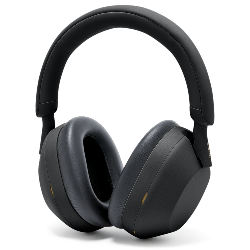 WH1000XM5
WH1000XM5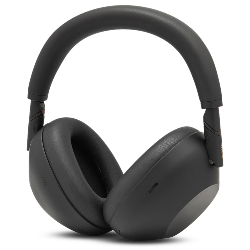 WH1000XM6
WH1000XM6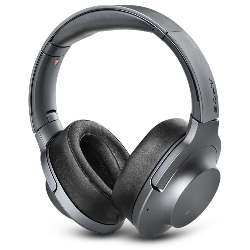 WH900N
WH900N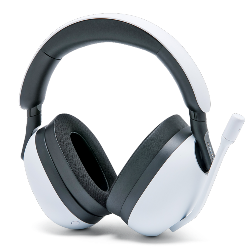 Inzone H9
Inzone H9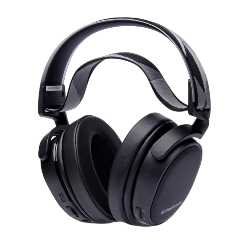 Old Arctis
Old Arctis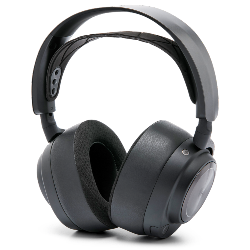 Arctis Nova Pro Wireless & Nova Elite
Arctis Nova Pro Wireless & Nova Elite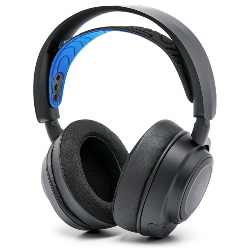 Arctis Nova Line (PRO Wired, 1, 3, 7 & More)
Arctis Nova Line (PRO Wired, 1, 3, 7 & More)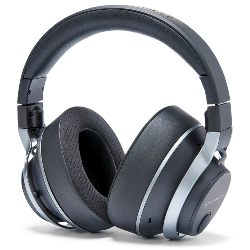 Stealth Pro
Stealth Pro Stealth 700 Gen 2
Stealth 700 Gen 2 Stealth 700 Gen 3
Stealth 700 Gen 3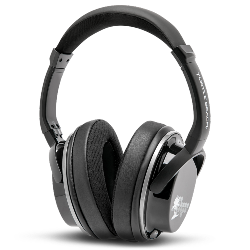 Old Stealth Models
Old Stealth Models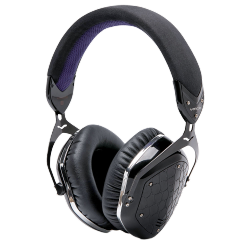 Crossfade Series
Crossfade Series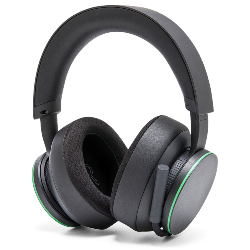 XBOX Wireless
XBOX Wireless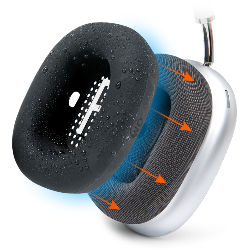 Airpods Max
Airpods Max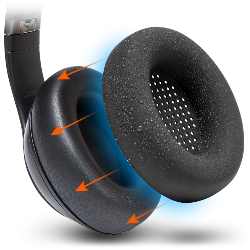 Beats Studio Pro
Beats Studio Pro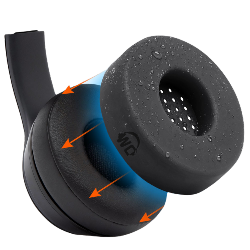 Beats Solo
Beats Solo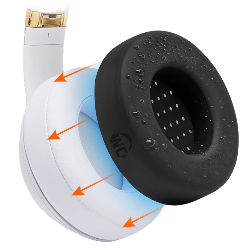 Beats Studio
Beats Studio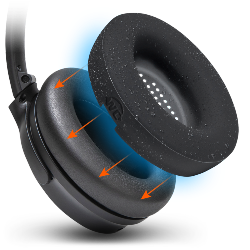 Bose QC25
Bose QC25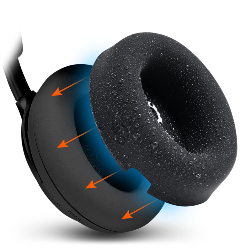 Bose QC Ultra Gen 1 & Gen 2
Bose QC Ultra Gen 1 & Gen 2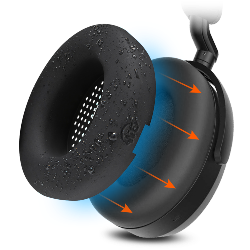 Momentum 4
Momentum 4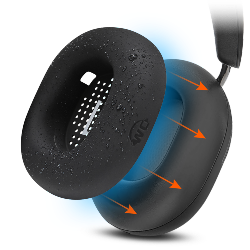 Ace
Ace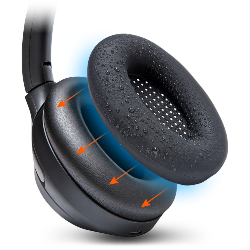 WH1000XM3
WH1000XM3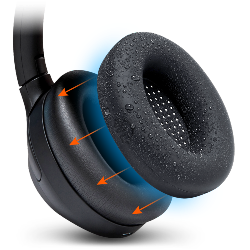 WH1000XM4
WH1000XM4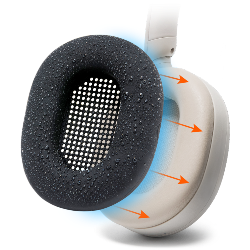 WH1000XM5
WH1000XM5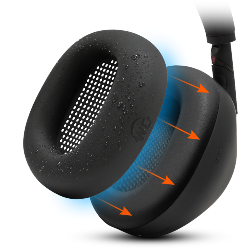 WH1000XM6
WH1000XM6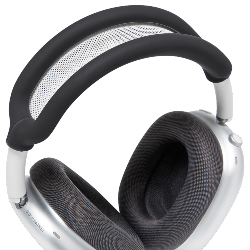 Airpods Max
Airpods Max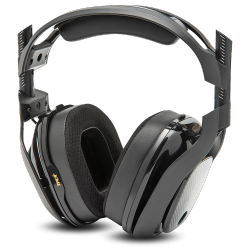 A40
A40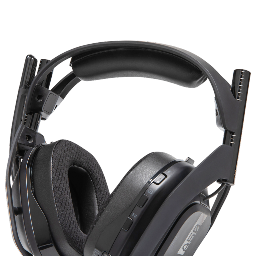 A50
A50 Maxwell
Maxwell ATH M Series
ATH M Series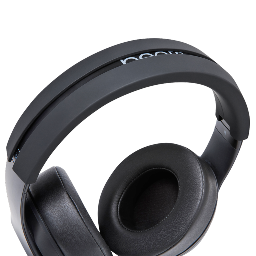 Beats Studio
Beats Studio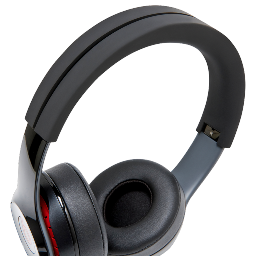 Beats Solo
Beats Solo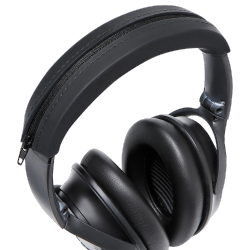 Quietcomfort
Quietcomfort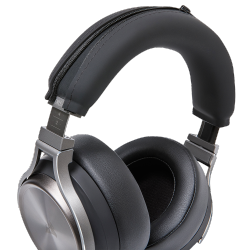 Corsair Virtuoso RGB Wireless
Corsair Virtuoso RGB Wireless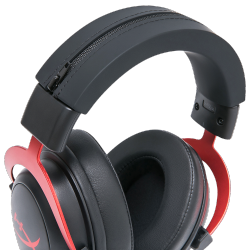 HyperX Cloud
HyperX Cloud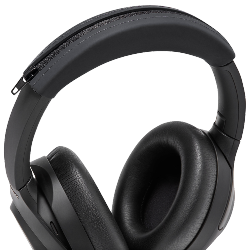 WH1000XM3
WH1000XM3 Arctis Nova Models
Arctis Nova Models Arctis Nova Models
Arctis Nova Models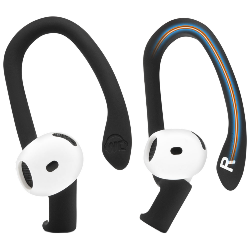 Airpods 4
Airpods 4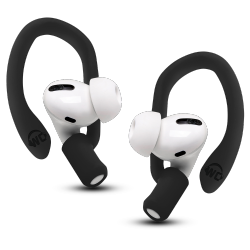 Airpods 1, 2, 3, & Pro 1 & 2
Airpods 1, 2, 3, & Pro 1 & 2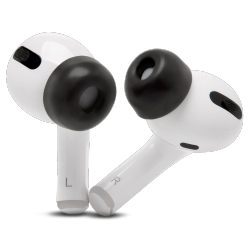 Airpods Pro & Pro 2
Airpods Pro & Pro 2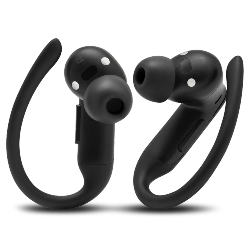 Powerbeats Pro 2
Powerbeats Pro 2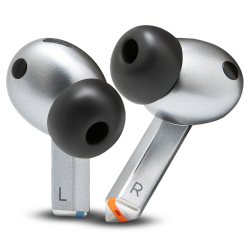 Galaxy Buds 3 Pro
Galaxy Buds 3 Pro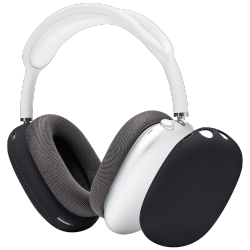 Airpods Max
Airpods Max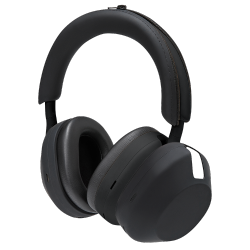 WH1000XM5
WH1000XM5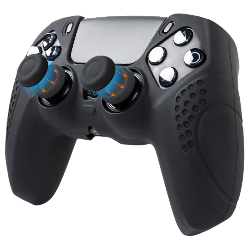 PS5 Controller Skin
PS5 Controller Skin MousepadZ
MousepadZ
